America’s landscape transforms into a painter’s palette when wildflowers and cultivated blooms burst forth each year. From coast to coast, these natural and cultivated displays draw visitors seeking both peace and perfect photo backgrounds. The symphony of colors, textures, and fragrances creates memorable experiences that reconnect us with nature’s artistry.
Here is a list of 19 stunning flower fields across the United States that showcase nature’s most spectacular seasonal displays.
Carlsbad Flower Fields
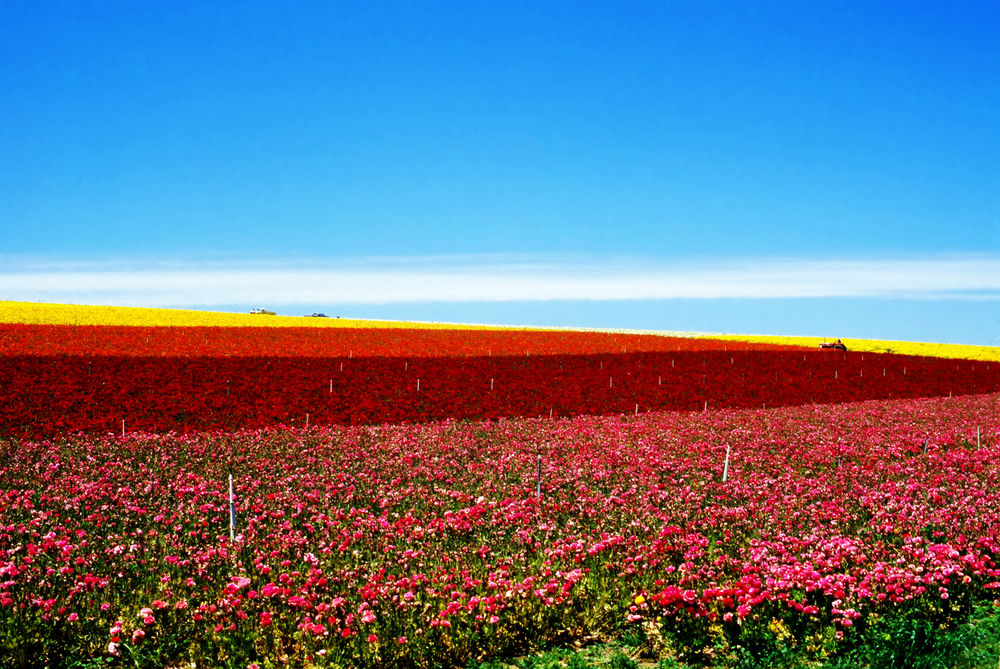
This Southern California destination covers nearly 50 acres with vibrant ranunculus blooms that create rainbow-like stripes across the hillside. Visitors can wander through designated pathways while gazing out toward the Pacific Ocean in the distance.
The technical innovation behind this display involves careful cultivation techniques that have been refined since the 1920s. The peak bloom typically occurs between March and May, drawing thousands of visitors seeking the perfect springtime photograph.
Texas Hill Country Bluebonnets
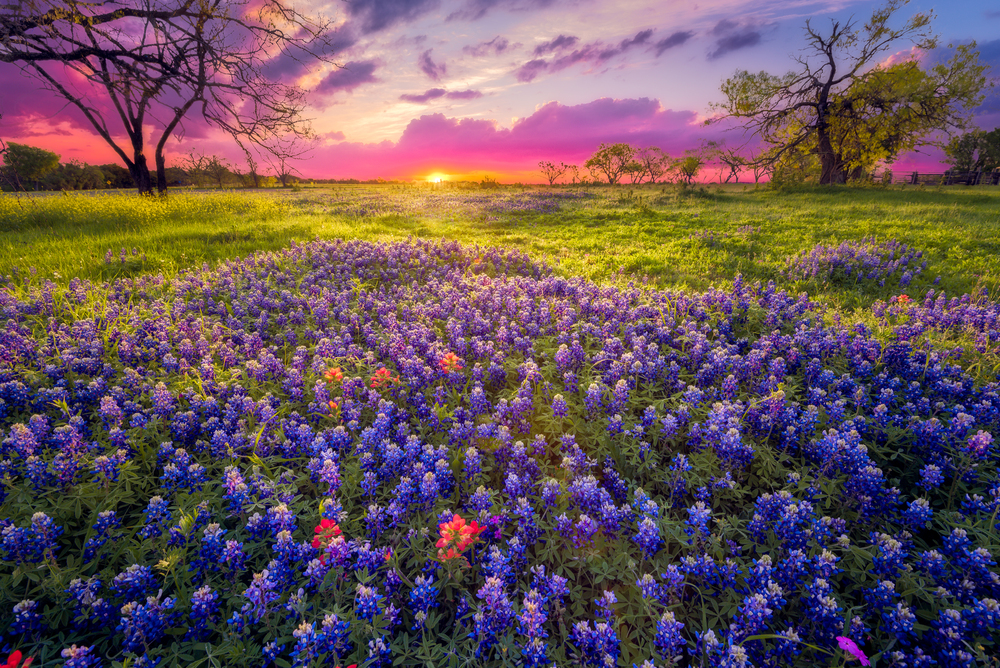
Each spring, the rolling landscapes of Central Texas transform into seas of blue when the state flower covers entire meadows and roadsides. The bluebonnet trails around towns like Fredericksburg and Marble Falls have become treasured annual pilgrimages for locals and tourists alike.
Highway shoulders often become impromptu parking lots as families stop for the tradition of taking portraits amid the flowers. The intensity of the blooms varies yearly depending on rainfall patterns, creating a sense of anticipation and surprise with each season.
Like Travel Pug’s content? Follow us on MSN.
Skagit Valley Tulip Festival
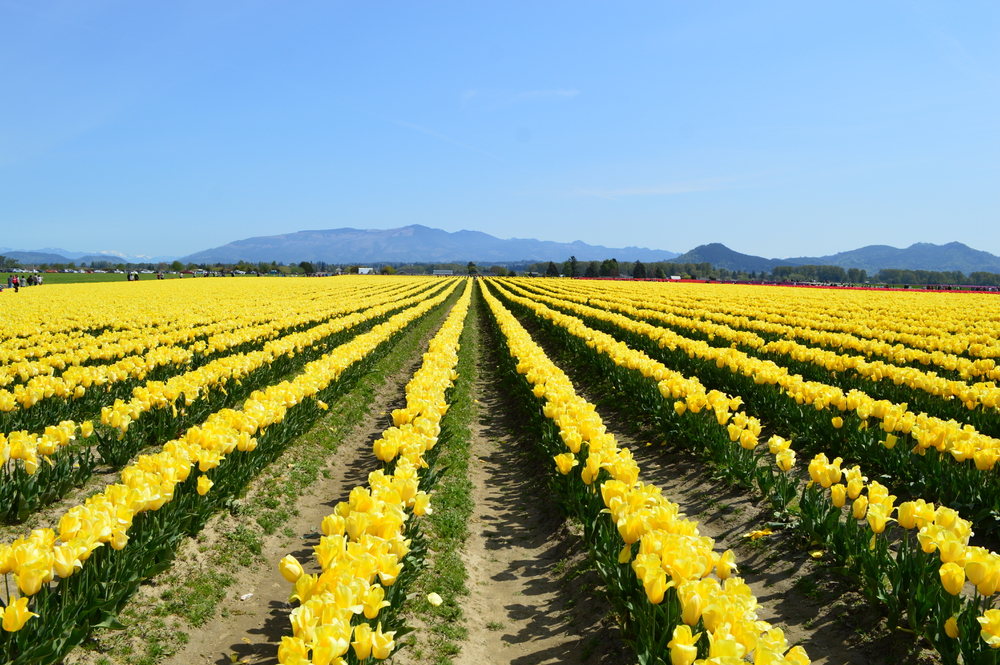
Just north of Seattle, this Pacific Northwest celebration showcases millions of tulips spread across hundreds of acres of farmland. The display rivals the famous Dutch fields with its carefully planted blocks of color stretching toward distant mountains.
Farmers rotate crops yearly, meaning the location of specific varieties changes annually, encouraging repeat visits. The festival has grown from a small local event into a major tourism draw that brings substantial revenue to the agricultural community.
Antelope Valley California Poppy Reserve
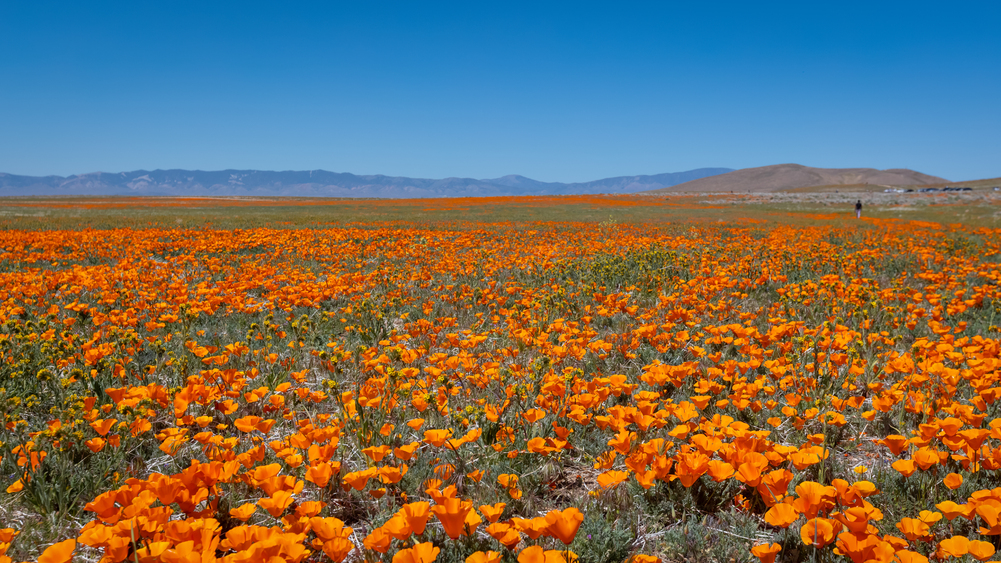
When conditions align perfectly, these hills northeast of Los Angeles erupt with orange California poppies so vibrant they’re visible from space. The undulating landscape creates waves of color that shift with the breeze and changing sunlight throughout the day.
Desert wildflowers join the display, adding purple, yellow, and white accents to the dominant orange. The preservation of this land as a state reserve ensures future generations will experience this remarkable natural phenomenon.
Crested Butte Wildflower Festival
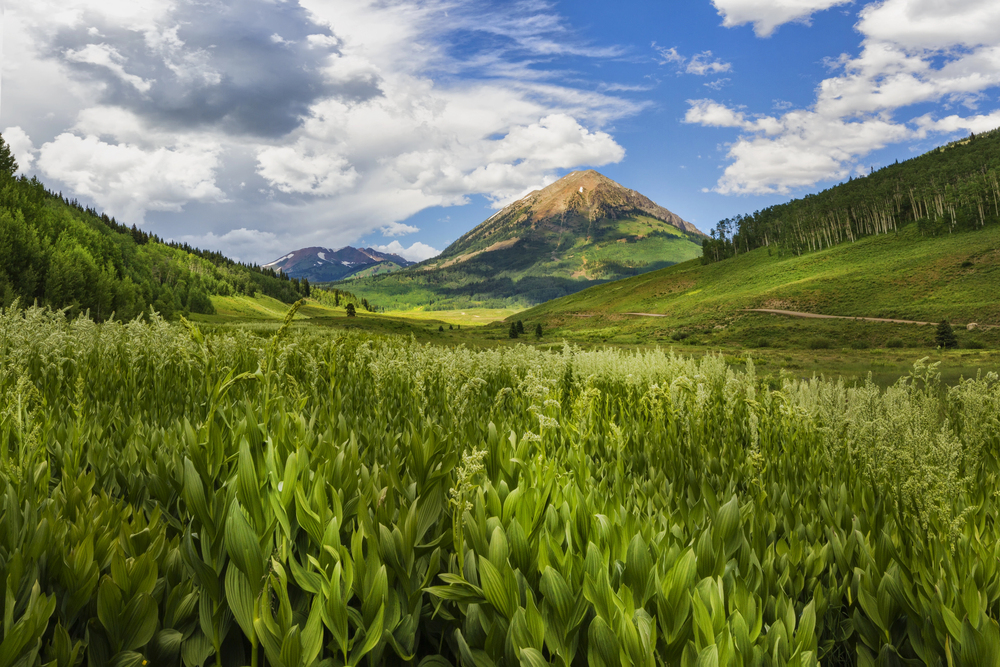
This Colorado mountain town earns its nickname as the “Wildflower Capital of Colorado” when summer transforms the alpine meadows into technicolor displays. The unique combination of elevation, soil conditions, and precipitation creates one of North America’s most diverse wildflower habitats.
Visitors can find purple lupine, red Indian paintbrush, blue columbines, and dozens more species dotting the landscape. The town celebrates with guided hikes, photography workshops, and art events centered around the peak bloom in July.
Like Travel Pug’s content? Follow us on MSN.
Wooden Shoe Tulip Farm
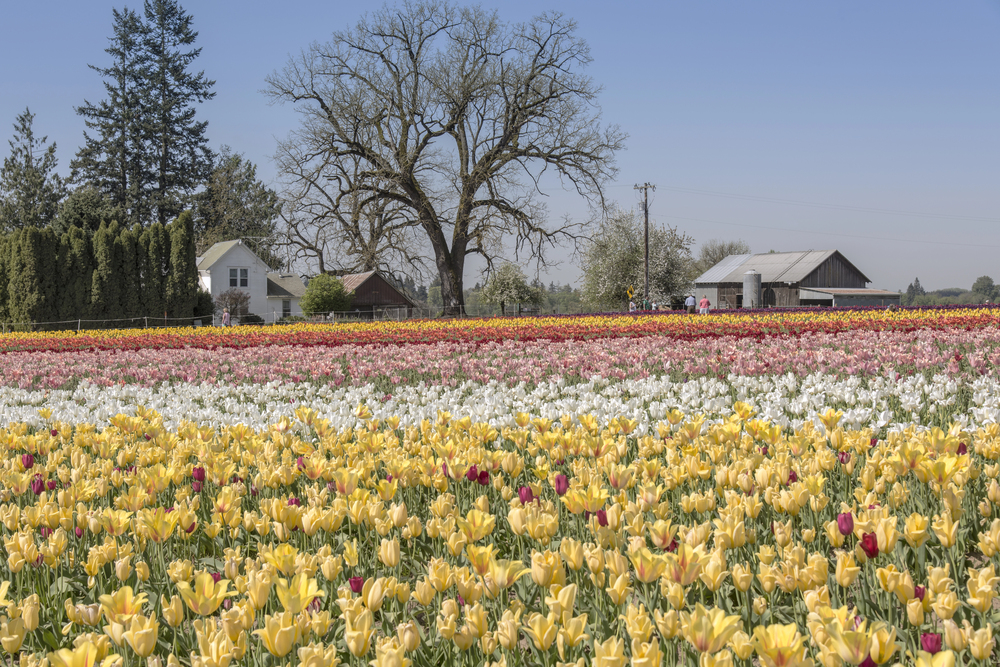
This Oregon destination features over 40 acres of cultivated tulips, with Mt. Hood creating a dramatic backdrop on clear days. The farm has evolved beyond simple flower viewing to include hot air balloon rides, wine tasting, and even tulip-themed runs through the colorful rows.
Evening visits offer unique lighting conditions that transform the experience completely as the sunset paints both flowers and mountains in golden hues. The farm’s tulip festival has become a cherished spring tradition in the Pacific Northwest.
Sequim Lavender Festival
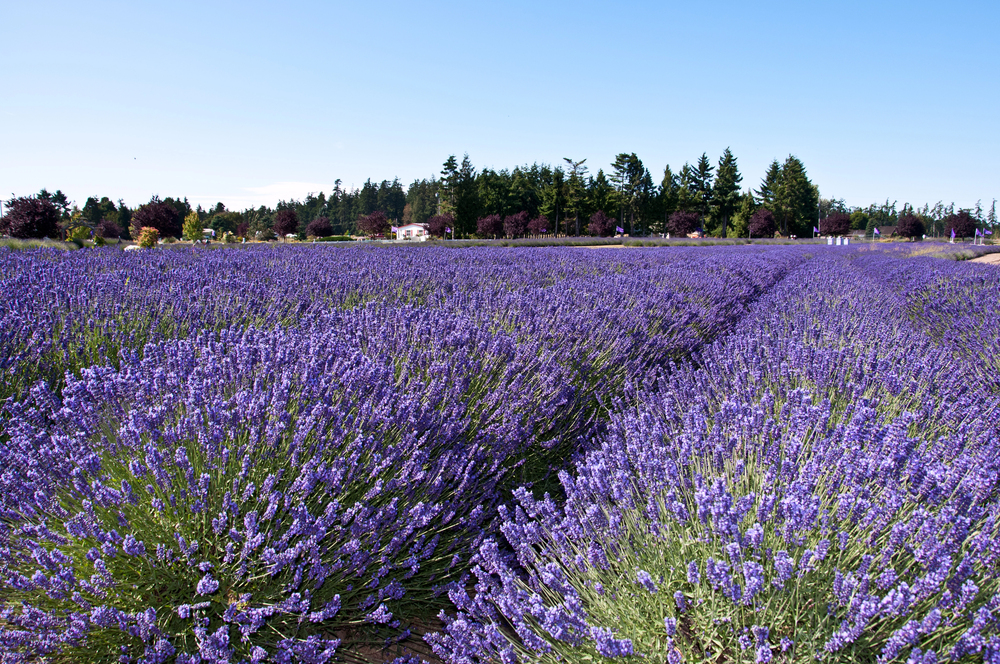
The unique microclimate of Washington’s Olympic Peninsula creates ideal conditions for lavender cultivation in this small town. Purple fields stretch across the landscape, bringing both visual beauty and the calming scent that permeates the air for miles around.
The lavender farms offer u-pick opportunities, essential oil distillation demonstrations, and artisanal products made from their harvests. The contrast between purple flowers, green foliage, and the distant blue mountains creates a naturally perfect color composition.
Burnside Farms
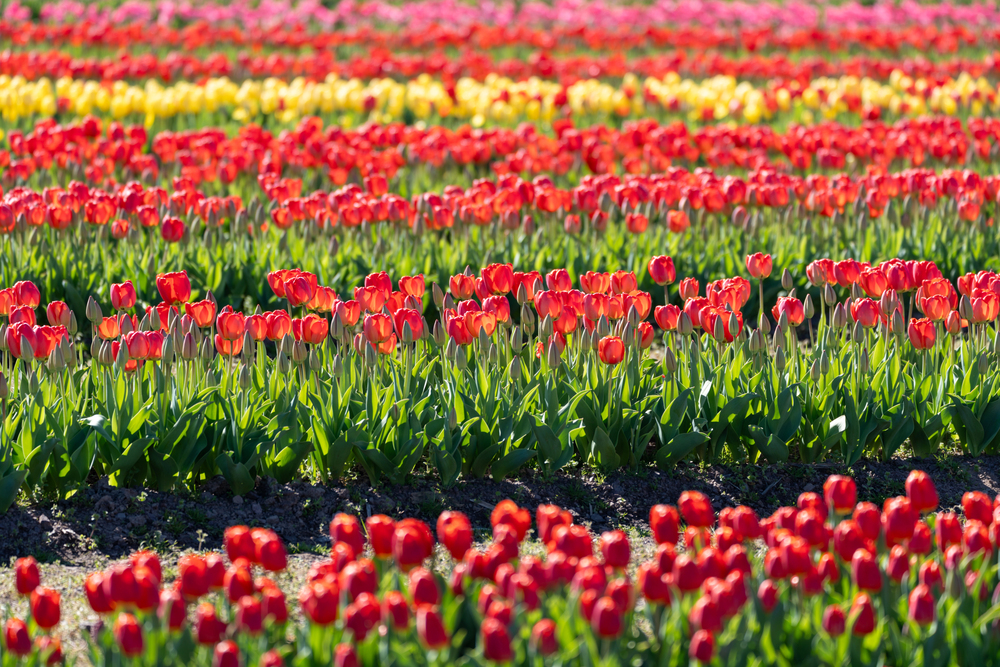
This Virginia destination allows visitors to pick their own tulips and daffodils from fields containing over a million blooms. The farm has embraced the “American tulip picking experience” with festivals featuring Dutch-inspired activities and photo opportunities.
Children particularly enjoy the wooden shoe-wearing experience and searching for the perfect specimens to take home. The farm rotates planting times to extend the blooming season, allowing more visitors to experience the fields at their peak.
Like Travel Pug’s content? Follow us on MSN.
Carrizo Plain Super Bloom
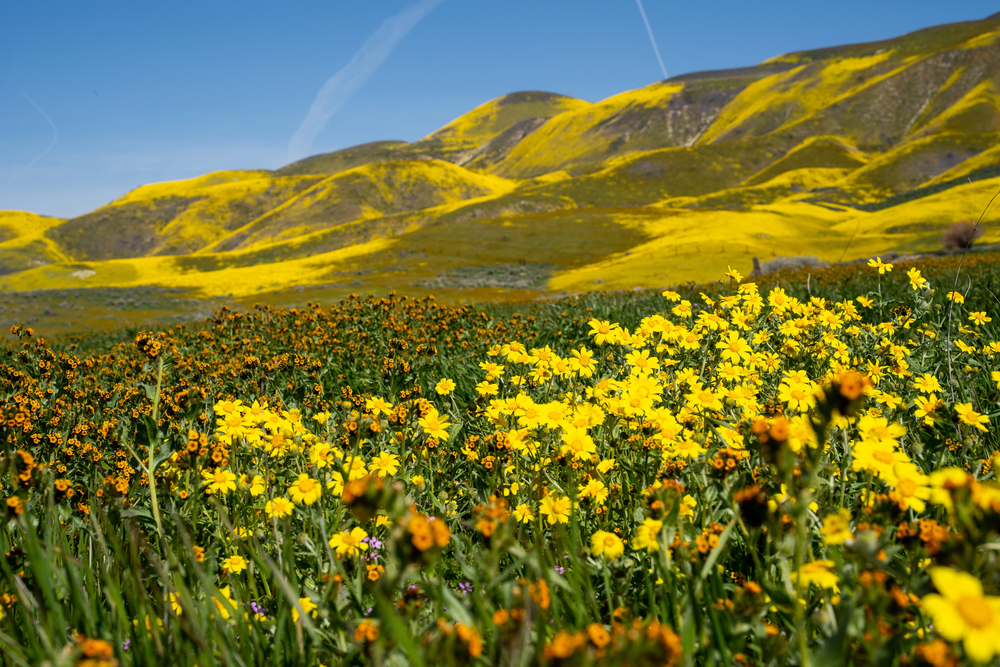
This remote California national monument occasionally experiences spectacular wildflower displays that transform the normally brown landscape. When winter rains arrive at just the right time and amount, the hills explode with yellow, purple, and orange blooms visible for miles.
The isolation of this location means fewer crowds than other wildflower destinations, creating a more immersive experience. The stark contrast between usual arid conditions and the temporary explosion of life makes these rare super blooms especially meaningful.
Biltmore Gardens
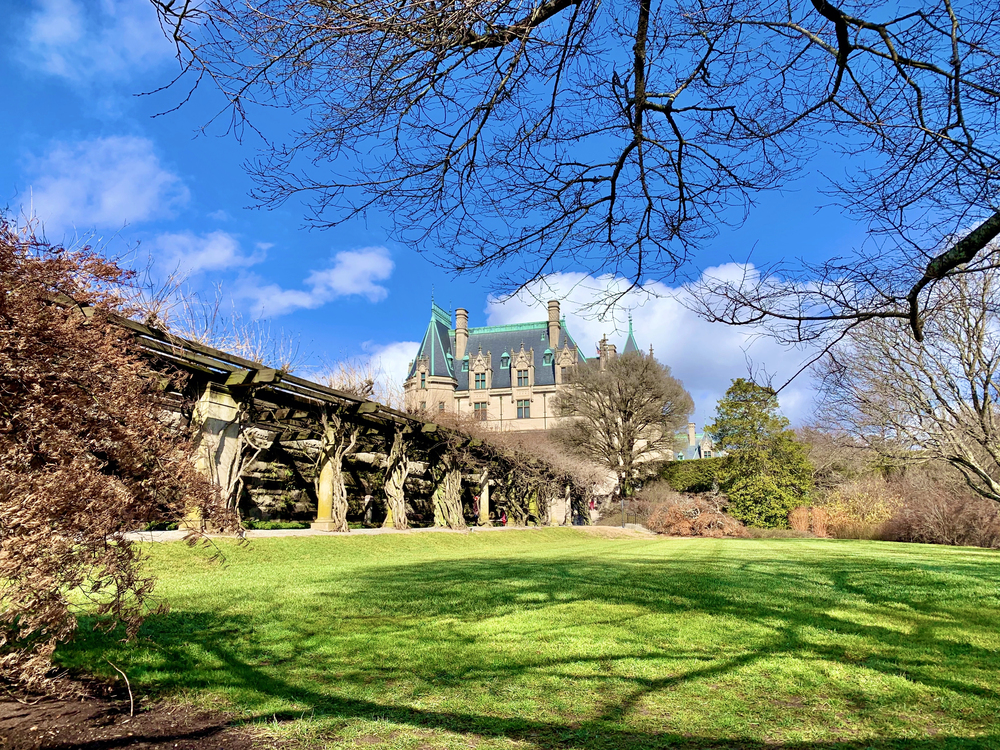
The estate gardens in Asheville, North Carolina, showcase formal tulip and daffodil displays designed by renowned landscape architect Frederick Law Olmsted. The historic setting adds a layer of cultural significance to the natural beauty of thousands of spring blooms.
Garden rooms feature different color schemes and planting styles, creating distinct atmospheres throughout the extensive grounds. The transition from manicured gardens to naturalized areas demonstrates different approaches to floral display design.
Wicked Tulips Flower Farm
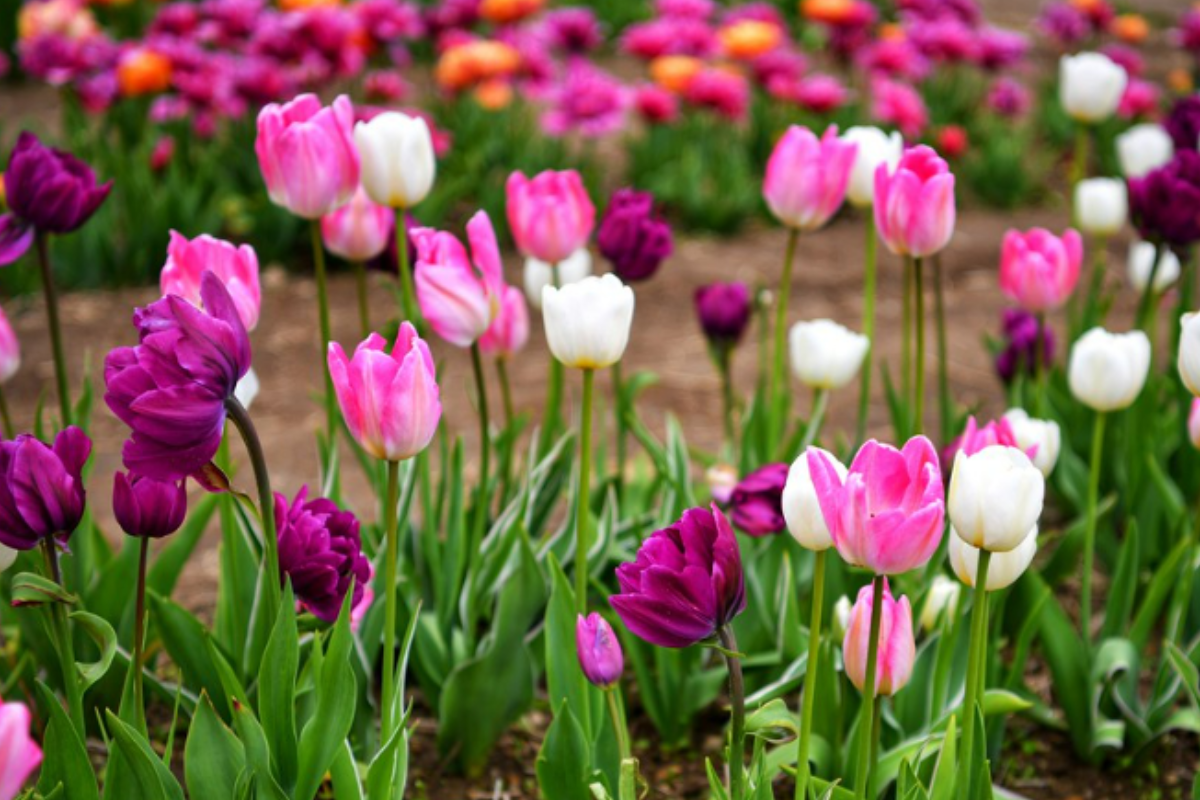
This Rhode Island farm grows over 600,000 tulips and allows visitors to wander through the fields and select blooms to take home. The farmers focus on unusual and heirloom varieties rarely seen in commercial settings or grocery store bouquets.
Their sustainable growing practices demonstrate how flower farming can enhance rather than deplete the land. The farm’s popularity has grown primarily through social media, where vibrant images attract visitors from across the Northeast.
Like Travel Pug’s content? Follow us on MSN.
Flower Fields at Cedarbrook Farm

Michigan’s largest lavender farm combines purple flowers with sunflower fields and wildflower meadows for a diverse visual experience. The farm practices regenerative agriculture methods that improve soil health while producing stunning blooms.
Visitors can observe pollinators thriving among the flowers, highlighting the ecological importance of these beautiful landscapes. The farm store offers products that allow people to take home both the scent and flavor of the fields.
Floret Flower Farm
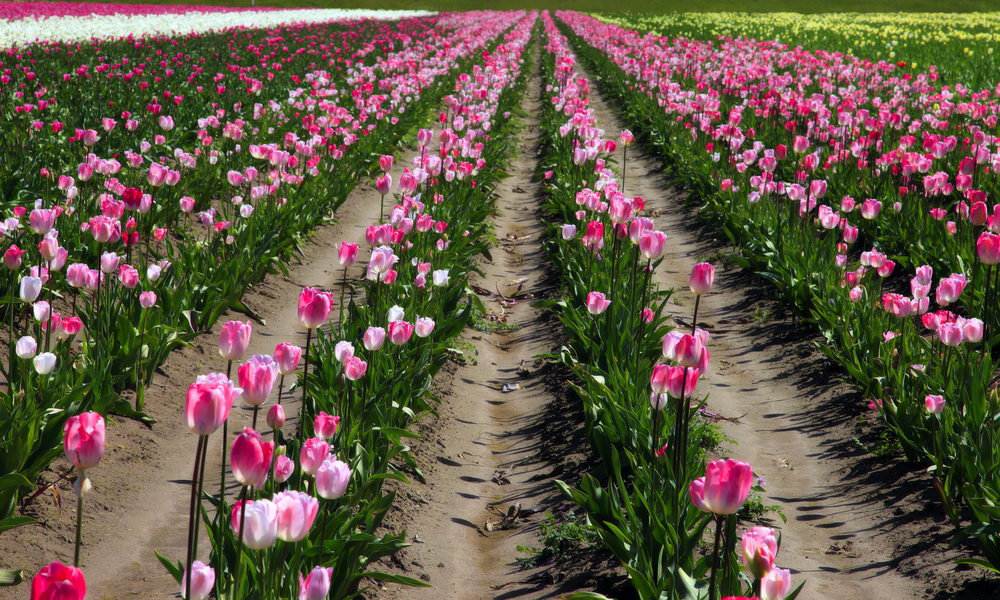
This Washington state farm specializes in unique varieties of dahlias, sweet peas, and other cutting flowers that create a patchwork of colors across their fields. The farm has revolutionized small-scale flower farming through innovative growing techniques shared through books and online courses.
The carefully curated color palettes reflect artistic sensibility rather than commercial mass production. Though primarily a working farm rather than a tourist destination, their seasonal open days attract flower enthusiasts from across the country.
Butler County Donut Trail Wildflowers
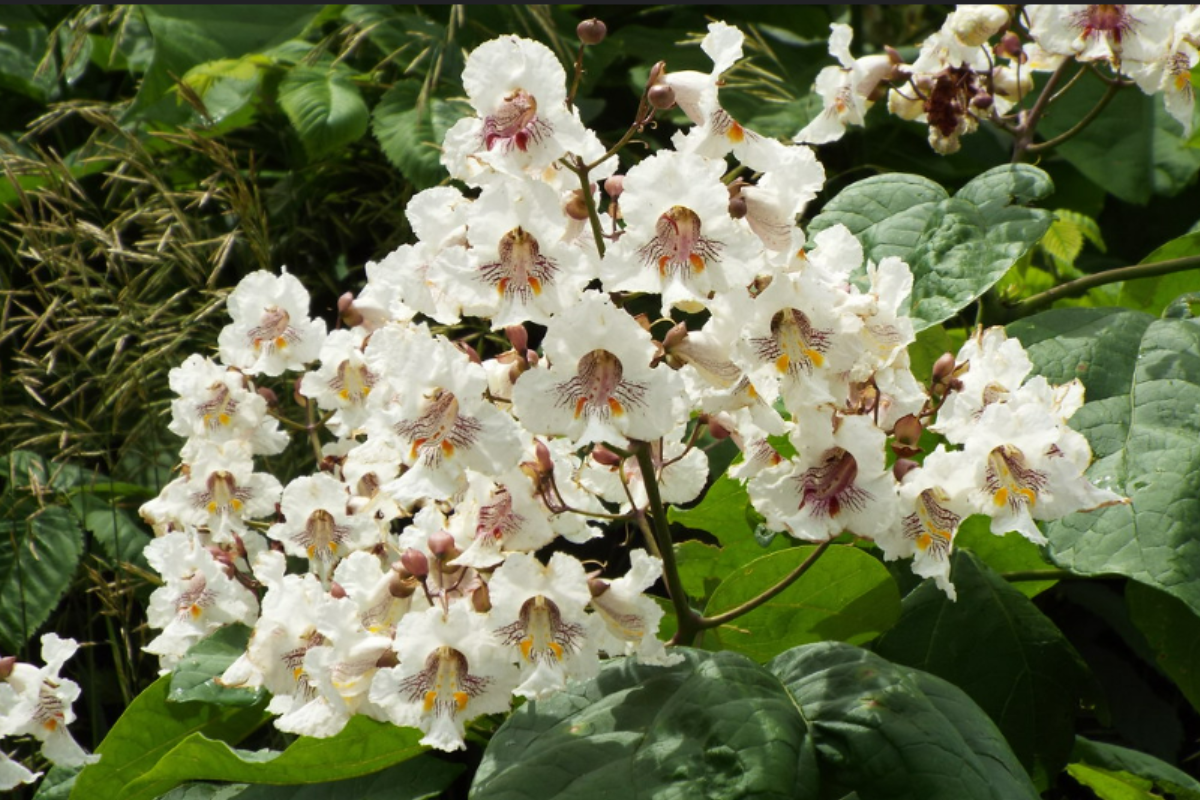
Ohio’s roadside wildflower program has created miles of native flower displays along this popular driving route. The thoughtful combination of black-eyed Susans, coneflowers, and native grasses creates habitat corridors for pollinators.
Local conservation groups work with transportation departments to maintain these plantings year after year. The accessibility of these roadside blooms makes them among the most viewed flower displays in the country.
Like Travel Pug’s content? Follow us on MSN.
Shelby Farms Sunflower Trail
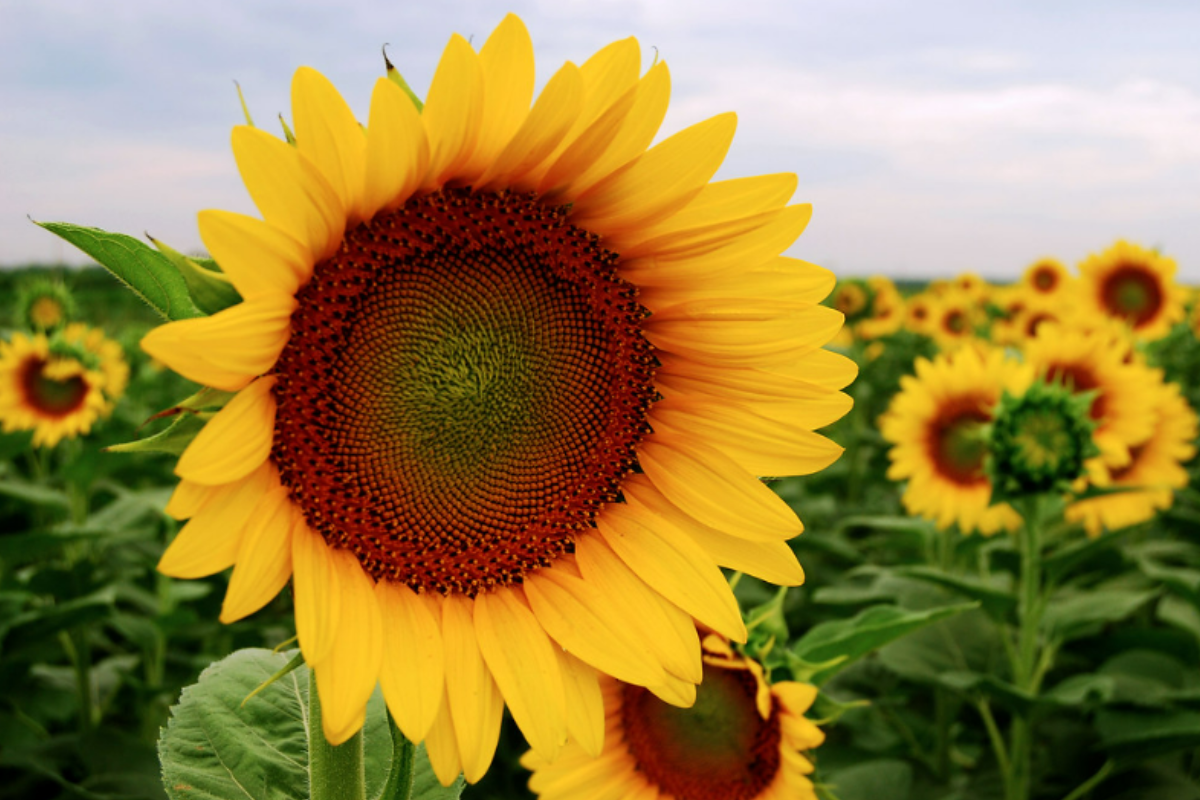
This Memphis park plants fields of sunflowers that create a stunning yellow expanse each summer. The urban location makes these flowers accessible without requiring a journey to remote rural areas.
The sunflowers serve multiple purposes – visual beauty, wildlife habitat, and, eventually, seeds for future plantings. The contrast between these natural plantings and the surrounding developed areas highlights the importance of preserving natural beauty within cities.
Mount Rainier Wildflower Meadows
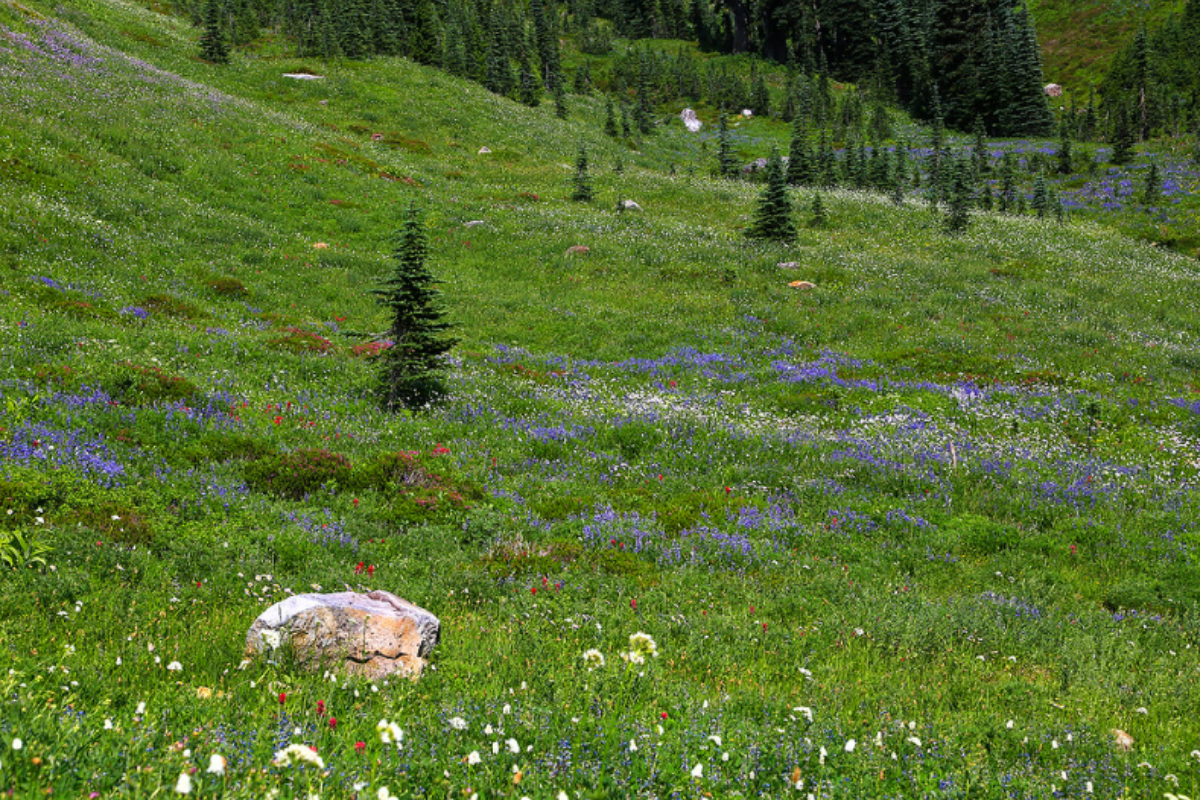
When summer finally reaches the high elevations of this Washington National Park, the meadows explode with wildflowers in a remarkably compressed growing season. Alpine species adapted to harsh conditions create carpets of color against the backdrop of glaciers and volcanic peaks.
Rangers carefully monitor visitor impact to preserve these delicate ecosystems for future generations. The fleeting nature of these displays, lasting just weeks before snow returns, makes experiencing them particularly special.
Holland Ridge Farms
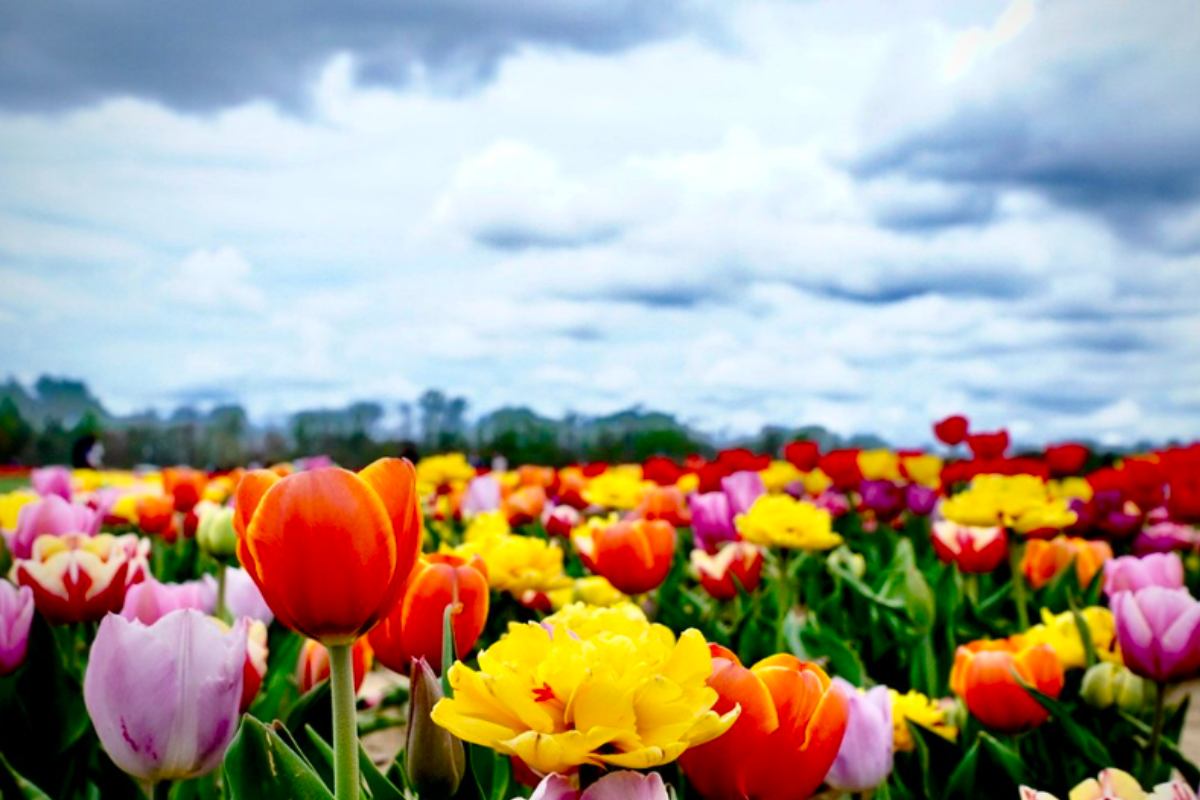
This New Jersey tulip farm brings Dutch flower traditions to the East Coast, with over eight million bulbs planted annually. Visitors can wander through rows arranged by color, creating an immersive rainbow experience.
The farm’s U-pick model allows guests to create personalized bouquets while learning about different tulip varieties. What began as a small family operation has grown into one of the largest tulip destinations in the eastern United States.
Like Travel Pug’s content? Follow us on MSN.
Vermont Sunflower House
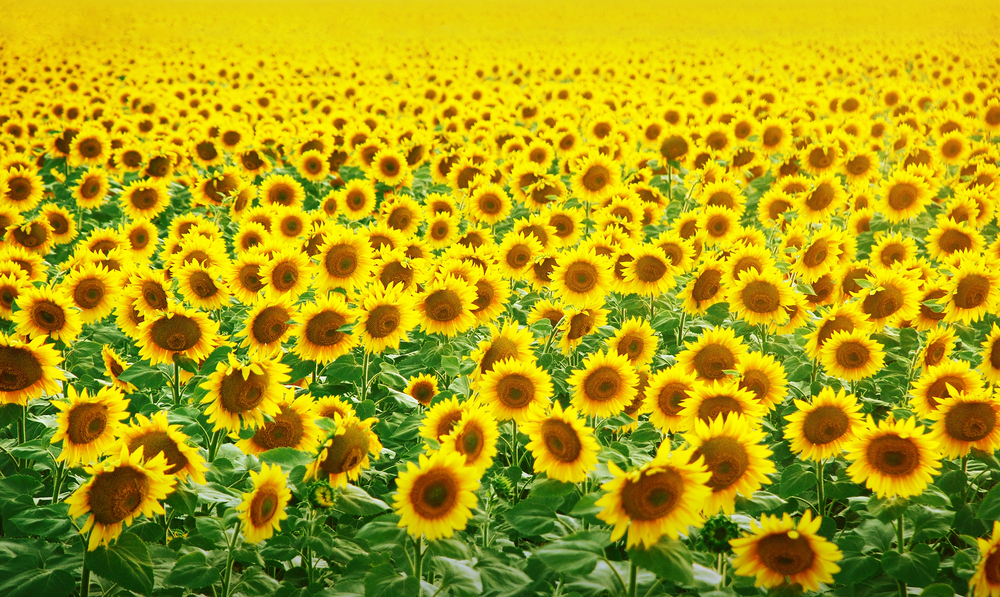
This unique installation creates “rooms” formed by planted walls of sunflowers that visitors can walk through. The architectural approach to flower planting creates spaces that feel both enclosed and expansive.
Children especially enjoy the maze-like quality of wandering through towering yellow blooms. The temporary nature of this living structure – lasting just weeks at peak bloom – emphasizes the ephemeral quality of natural beauty.
Flower Flat Desert Blooms
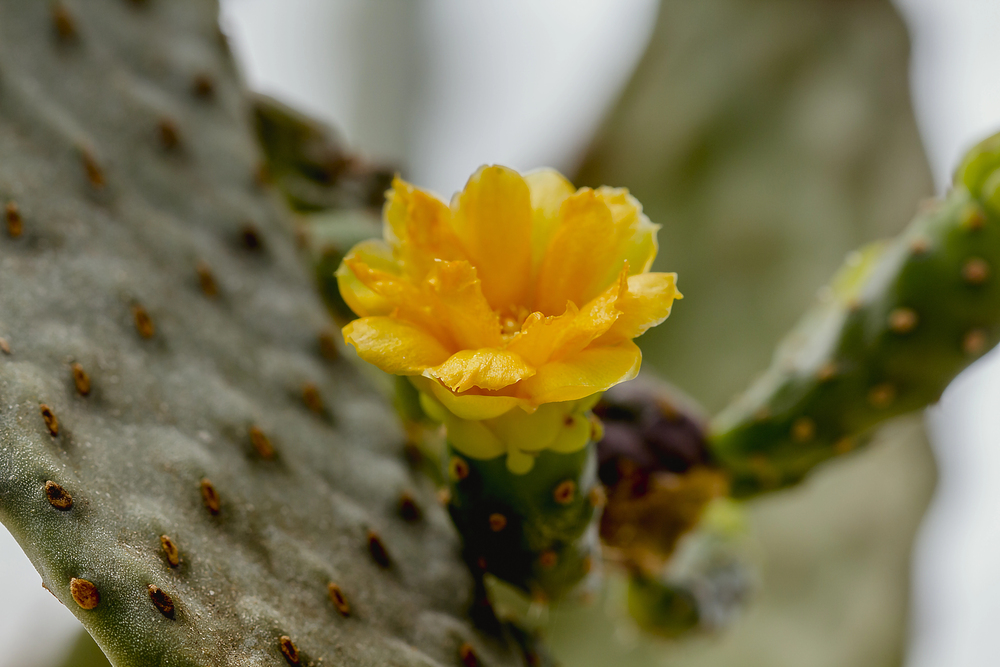
Arizona’s desert landscape transforms after rare rainy periods, when dormant seeds spring to life across the normally barren terrain. The contrast between harsh desert elements and delicate flowers creates a particularly poignant display of nature’s resilience.
Botanists value these occasions to study species that might remain dormant for years between appearances. The unpredictability of these blooms makes experiencing them feel like witnessing a rare natural phenomenon.
Natural Flower Connection
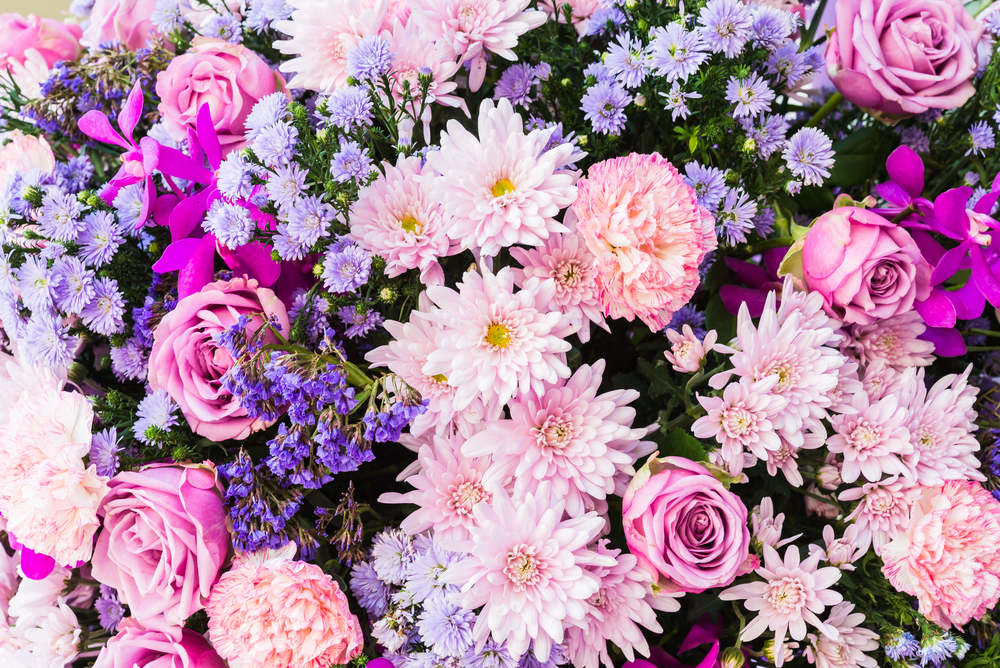
These magnificent displays reveal our deep connection to seasonal rhythms and flowering plants that transcend mere appreciation of beauty. Throughout human history, flowers have marked the passage of seasons and inspired art, literature, and celebration across cultures.
The growing popularity of flower tourism demonstrates our continuing need for authentic experiences with the natural world. Each of these destinations offers not just visual splendor but a temporary immersion in nature’s remarkable capacity for transformation and renewal.
Like Travel Pug’s content? Follow us on MSN.
More from Travel Pug

- Cities Growing so Fast You Won’t Recognize Them in 10 Years
- 13 Destinations Where Tourists Regularly Regret Their Trip
- 16 U.S. Cities That Are Quietly Becoming Travel Hotspots
- Where to Travel If You Love Long Bus Rides and Daydreams
- 20 Cities Perfect for Solo Travelers Who Crave Adventure & Culture
Like Travel Pug’s content? Follow us on MSN.
